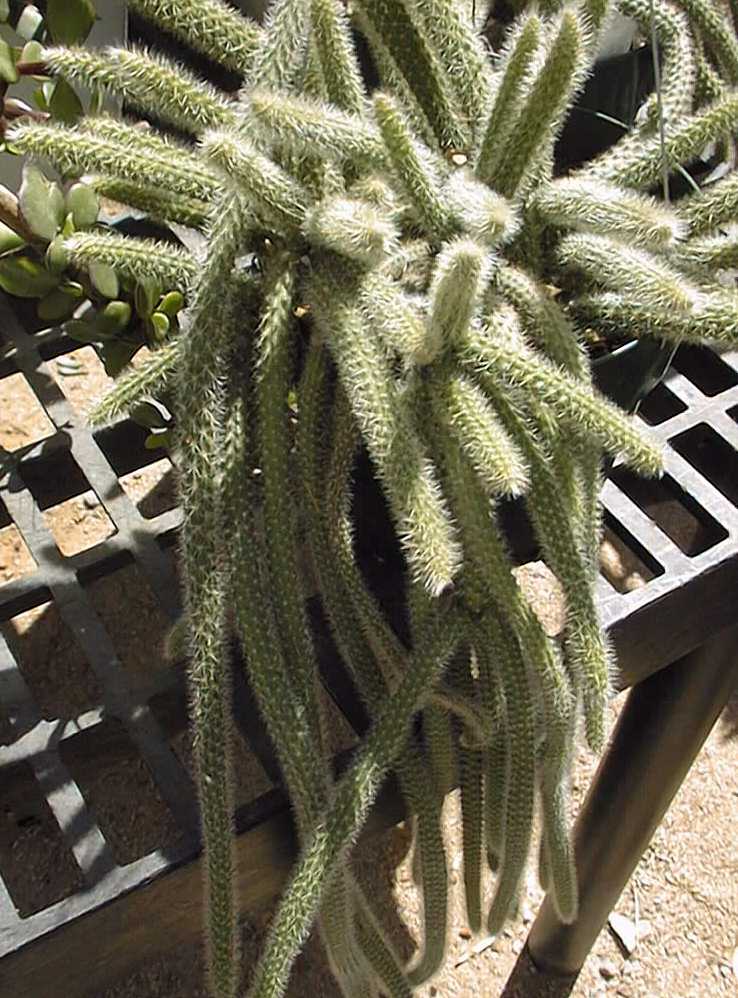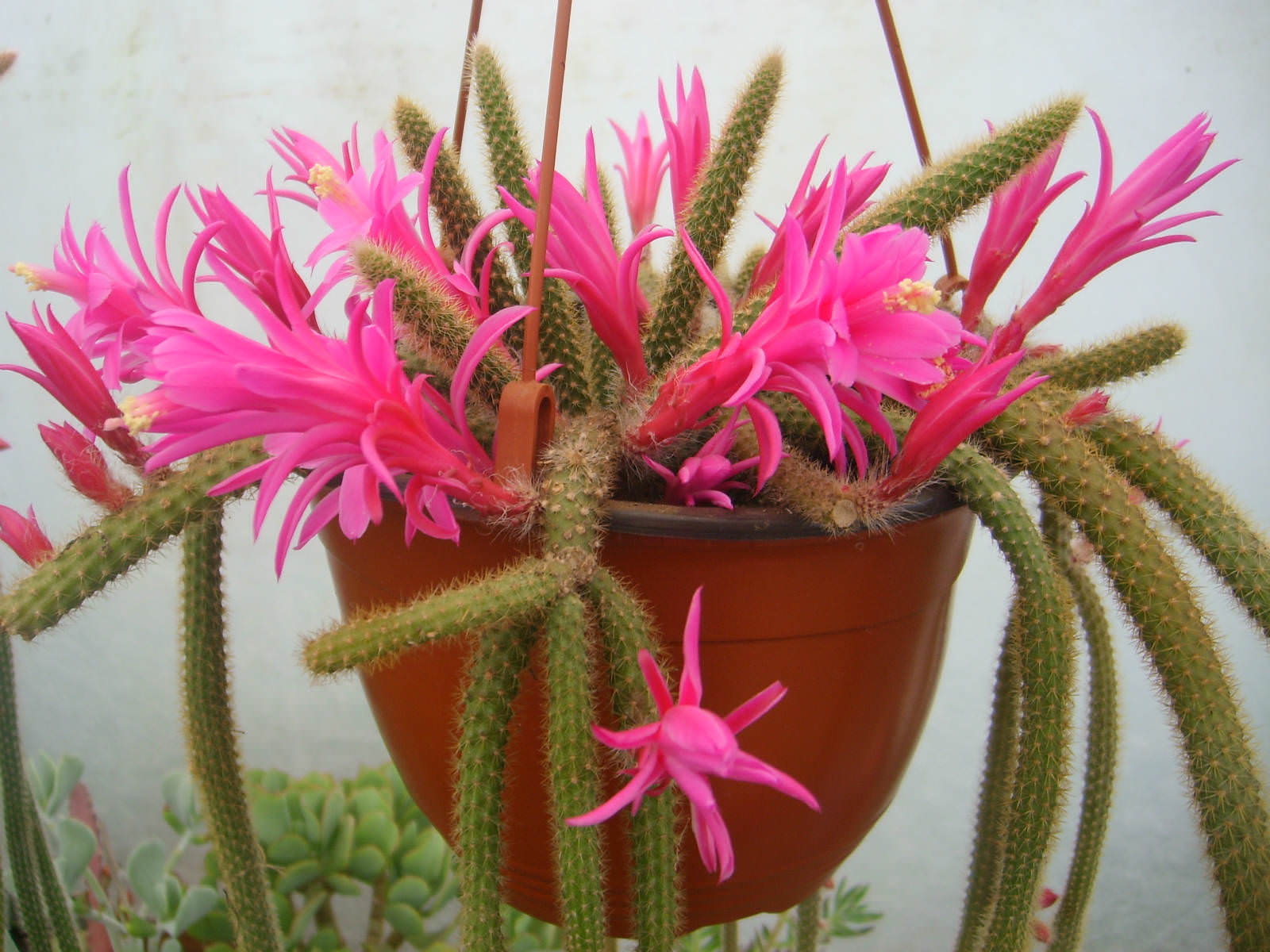
Get tips for planting cacti (and succulents)!ĭiscover 10 water-wise plants anyone can grow.Ĭrested euphorbia makes for an elegant accent to most types of cactus. Note: Many cacti are prickly to the touch and are not intended for human or animal consumption. Follow the directions on the packaging.īecause they're slow growers, you typically don't have to worry about pruning cacti. But if you want to fertilize your cactus regularly, do so in spring and summer with a general-purpose fertilizer formulated for use on houseplants. Most cactus houseplants are slow growers and don't really need much fertilizer.

If in doubt, it's usually best to water too little cacti can rot if they stay too moist. Wondering how much to water cacti? In general, you can water most types once every two or three weeks or so. These sun-lovers do best when they get lots of direct light. The best place for most cactus houseplants is a warm, bright spot. Look for our plants at your favorite local retailer or online! Just drop our experts an email and someone will get back to you And by grouping several different cacti together in a windowsill or tabletop, you can create a mini desert escape! In addition to being good houseplants, most cacti are also good plants for offices as they don't need natural light. Make the most of your cactus houseplants by planting them in containers that accent the plants' rich colors, shapes, or textures. Some of the more common groups of cacti include Cereus, Echinocactus, Espostoa, Ferocactus, Mammillaria, Notocactus, Opuntia, Parodia, Pilosocereus, and Rebutia. If they get enough light, many will bloom, producing cheery flowers in white, pink, red, orange, yellow, or purple. There's a wide variety of cacti to grow they offer a plethora of shapes, colors, and sizes so you can find one that suits your personality and decor style.

Cactus houseplants have that same characteristic: Just give cacti a bright, sunny spot and you can enjoy the easy-care houseplants without a lot of tending. It should start to root within a few weeks but a gentle tug on the stem (best done with gloved hands to avoid the hairy spines!) should help you to tell - if you feel resistance then the plant has a sufficient root base.Looking for a plant you don't have to water much? A cactus might be your answer! Most cacti come from dryland areas and are used to being able to survive weeks without rainfall. Once potted, keep the top of the soil a little damp with a mister and keep the plant in a bright spot. Select a pot with sufficient drainage and fill with a mix of rich compost and cactus soil.Ĭut any part of a healthy stem and allow the end to dry for a few days before re potting it into your soil mix. Though it can be propagated by seed, the rat tail cactus propagates best by stem cuttings. If the simple care above is followed, the rat tail cactus is likely to produce it's beautiful bright pink flowers in the spring and summer months! Removing discoloured, dead or old stems in the late winter will also encourage new growth and flowering. If you do not wish to re pot yearly, it's advisable to scrape off the top few layers of soil and replace with fresh cactus potting mix. This doesn't necessarily have to be into a much larger pot though, as the main purpose of re potting this house plant is to feed it with fresh cactus soil as it is quite hungry for nutrients! It's also worth poking into the soil every so often as it enjoys oxygen rich soil.

Rat Tails benefit from being re potted every couple of years. In winter and over the cooler months reduce watering to be only once the soil has dried - water just enough to make sure the stems don't dry out completely. Contrary to what you might imagine, these cacti also enjoy fairly regular watering in the late spring and summer months, making sure the compost is always slightly moist but not soggy. Too much humidity can cause the stems to rot, especially during winter. The Rat Tail Cactus tends to prefer bright, direct light where possible (although will also be happy in bright but indirect light) and dry, warm air. Originating from Mexico, the rat tail cactus can be found naturally growing from crags and rocks in the dry Mexican heat, or hanging from trees in the very dry forests. It's strong yet simple form and easy to manage needs make it an ideal house plant for the masses.

Whilst rodents may not be your thing, we are fairly sure the Disocactus Flagelliformis (rat tail cactus, to give it it's easier common name) will be.


 0 kommentar(er)
0 kommentar(er)
